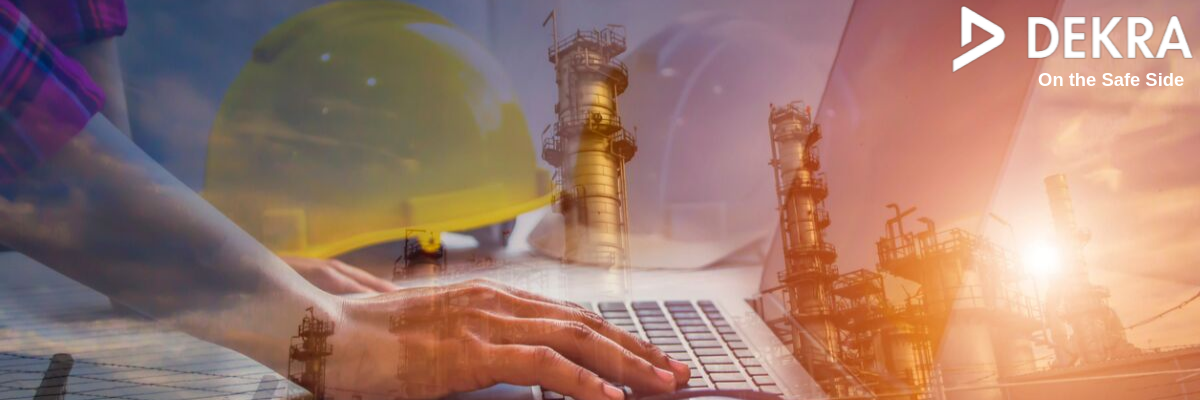This workplace safety article was co-written by Ryan Roark, the former director of operations, AkzoNobel Surface Chemistry, and was previously published in the July 2014 issue of Safety+Health magazine.
In a perfect world, safety would be easy. Leaders would look at safety incident reporting and identify and remove the exposures and hazards that cause them. They would improve behavioral reliability and safety by making sure everyone followed the rules. But real life is not so simple. The live workplace is always changing—making it critical that employees be able to detect and respond to real-time changes in risk.
Exposure response is a theme that shows up time and again in the story of process safety management catastrophes and other serious events. Still, this capability is seldom developed as a discipline in its own right. It’s not hard to understand why: building fluency in exposure change is an iterative process. It takes field experience and time. Sustaining it also depends on a safety culture that supports exposure response. That’s why some organizations are turning to their leaders—especially those at the front line—to start building that competency using conversations.
Talking about exposures in any context is a good thing. But a conversation designed to build fluency takes a little more structure. One simple framework focuses discussions around what are called the “Four Rs” of exposure response:
- Respect and acknowledge the hazards—As leaders, our first job is to put exposures in the right context. Most of us have “gotten away with” shortcuts and other risky behaviors dozens, maybe hundreds, of times without getting hurt. As a result, we can minimize the reality of exposures, creating a complacent safety culture. Talk about the risks in your workplace and why it’s critical to treat them with the highest degree of care.
- Recognize when exposure changes—The signs of exposure change can be subtle. It might be a pump running louder than usual or an employee who is stressed or fatigued. Discuss the signs you’d see in your location (e.g., temperature in equipment rising too quickly or new water/liquid on the floor). Ask employees what else they observe and wonder about. The goal is to provoke thinking and discussion about exposures and cultivate the ability to recognize when they change.
- Respond to exposures—Even with stop work policies, most organizations don’t adequately prepare employees to respond to “red flags”—signal events that require intervention. Employees often lack confidence in their own perception of risk, they may fear the ridicule or disapproval of peers or supervisors, or they may simply not know what to do. As leaders, it’s critical to talk through how to respond to different, specific situations. Ask: What would you do first? What would you do next? Probe different scenarios and contingencies (the backup equipment doesn’t work, now what?). Your job is to help employees practice their response—and demonstrate your support for when it’s time to act.
- Remove barriers—In a strong workplace safety culture, workers know what to do to remove barriers to safe work, and they never feel hesitant to take the necessary steps to do so. Talk with employees about the hierarchy of controls and the importance of using higher order controls when possible. Ask about existing barriers to safety improvement and communicate the status of action items.
Conversations will look different depending on your objectives and culture. At AkzoNobel Surface Chemistry, these conversations are part of a formal initiative in which supervisors are coached how to have discussions around defined scenarios. The goal was not to have a safety initiative, but a “line-leadership initiative related to safety.” Whatever your approach, the job of workplace safety leadership—and process safety leadership—is to help employees develop fluency in the language of exposures. Doing so, you enable them to be more proactive and effective at protecting themselves, others, and the organization itself.
To learn more about exposure recognition and response, download the free white paper The DEKRA OSR Assessment: A Comprehensive Process to Identify and Control Exposure to Injury.

